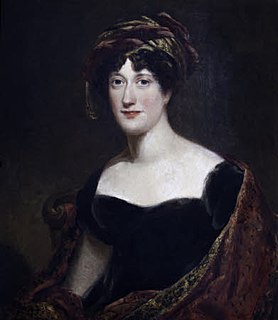 W
WAnne Margaret Coke, Viscountess Anson, was an English painter, the daughter of Thomas Coke, 1st Earl of Leicester of Holkham, and wife of Thomas Anson, 1st Viscount Anson.
 W
WSarah Kathleen Elinor Baring was an English socialite and memoirist, who worked for three years as a linguist at Bletchley Park, the principal centre of Allied code-breaking during the Second World War. She was married to William Astor, 3rd Viscount Astor, from 1945 to 1953.
 W
WJanet Bronwen Astor, Viscountess Astor was an English model. She was muse to the couturier Pierre Balmain, who called her one of the most beautiful women he had ever met.
 W
WNancy Witcher Langhorne Astor, Viscountess Astor, was an American-born British politician who was the first woman seated as a Member of Parliament (MP), serving from 1919 to 1945.
 W
WLady Diana Beauclerk was an English noblewoman and artist.
 W
WVictoria Harriet Lucy Bridgeman, Viscountess Bridgeman is the founder of the Bridgeman Art Library, a for-profit company that provides a large collection of fine art images.
 W
WEthel Dunlop Bruce, Viscountess Bruce of Melbourne was the wife of Stanley Bruce, who served as Prime Minister of Australia from 1923 to 1929. She was the first prime minister's wife to live at The Lodge.
 W
W(Marie) Evelyn Byng, Viscountess Byng of Vimy, also known as Lady Byng, was the wife of Lord Byng, the 12th Governor General of Canada (1921–26).
 W
WThe Hon. Joan Barbara Yarde-Buller, also known as Princess Tajuddawlah Aga Khan, was an English socialite, one of the Bright Young Things.
 W
WFrederic John Napier Thesiger, 1st Viscount Chelmsford, was a British statesman who served as Governor of Queensland from 1905 to 1909, Governor of New South Wales from 1909 to 1913, and Viceroy of India from 1916 to 1921, where he was responsible for the creation of the Montagu–Chelmsford Reforms. After serving a short time as First Lord of the Admiralty in the government of Ramsay MacDonald, he was appointed the Agent-General for New South Wales by the government of Jack Lang before his retirement.
 W
WPenelope Ann Lyttelton, Viscountess Cobham, CBE, is a British businesswoman known for her involvement in a number of quangos. She currently serves as director general of the 5% Club.
 W
WCecil Mary Nowell Dering Craig, Viscountess Craigavon DBE was a British unionist.
 W
WHelen Venetia Vincent, Viscountess D'Abernon was a British noblewoman, socialite and diarist.
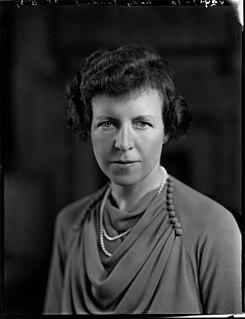 W
WFrances Joan Davidson, Viscountess Davidson, Baroness Northchurch,, styled Lady Davidson between 1935 and 1937 and as Viscountess Davidson between 1937 and 1985, was a British Conservative Party politician.
 W
WJane (Jean) Elmslie Henderson Findlay CBE. was a Scottish author and editor. She was secretary of the Scottish War Savings Committee during World War I, and an editor of Everyman magazine.
 W
WThelma Furness, Viscountess Furness was a mistress of King Edward VIII while he was still the Prince of Wales; she preceded Wallis Simpson in his affections. She was the maternal aunt of the author, fashion designer and socialite Gloria Vanderbilt.
 W
WPamela Adelaide Genevieve Wyndham Glenconner Grey, later Lady Glenconner, Viscountess Grey of Fallodon was an English writer. The wife of Edward Tennant, 1st Baron Glenconner, and later of Edward Grey, 1st Viscount Grey of Fallodon, she is one of the Wyndham Sisters by John Singer Sargent which were at the centre of the cultural and political life of their time. Like their parents, they were part of The Souls.
 W
WSarah Hogg, Viscountess Hailsham, Baroness Hogg is an English economist, journalist, and politician. She was the first woman to chair a FTSE 100 company.
 W
WMary Ethel Harcourt, Viscountess Harcourt was an American-born English aristocrat and philanthropist.
 W
WHester Maria Elphinstone, Viscountess Keith, born Hester Maria Thrale, was a British literary correspondent and intellectual. She was the eldest child of Hester Thrale, diarist, author and confidante of Samuel Johnson, and Henry Thrale, a wealthy brewer and patron of the arts. She became the second wife of George Elphinstone, 1st Viscount Keith.
 W
WMargery Greenwood, Viscountess Greenwood, known as Margo Greenwood, was a British aristocrat and the wife of Hamar Greenwood, 1st Viscount Greenwood. Very politically active, she was known to frequent meetings of parliament in the House of Commons and took an active role in her husband's constituencies while he sat in Parliament for York. She also notably had an affair with Lloyd George.
 W
WAnne Maynard or Anne, Viscountess Maynard; Anne Parsons; Nancy Parsons; Nancy Maynard; Mrs. Horton was a Kingdom of Great Britain successful courtesan and political mistress. She was de facto first lady, entertaining guests for her lover the Duke of Grafton, the First Minister.
 W
WViolet Georgina Milner, Viscountess Milner was an English socialite of the Victorian and Edwardian eras and, later, editor of the political monthly National Review. Her father was close friends with Georges Clemenceau, she married the son of Prime Minister Salisbury, Lord Edward Cecil, and upon his death, Lord Alfred Milner.
 W
WMary Elizabeth Harmsworth, Viscountess Northcliffe,, later Lady Hudson, was the daughter of Robert Milner, of Kidlington, Oxfordshire, England.
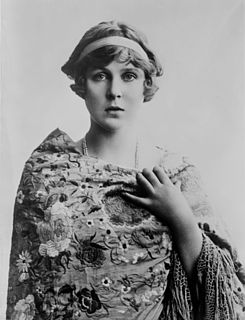 W
WDiana Olivia Winifred Maud Cooper, Viscountess Norwich was an English aristocrat who was a well-known social figure in London and Paris. As a young woman, she moved in a celebrated group of intellectuals known as the Coterie, most of whom were killed in the First World War. She married one of the few survivors, Duff Cooper, later British ambassador to France. After his death, she wrote three volumes of memoirs which reveal much about early 20th-century upper-class life.
 W
WHelen Hermione Munro Ferguson, Viscountess Novar was a Red Cross leader, as well as an advocate for nursing and healthcare and political activist.
 W
WSybil Margaret Thomas, Viscountess Rhondda, was a British suffragette, feminist, and philanthropist.
 W
WAnn Geraldine Mary Fleming, previously known as Lady O'Neill and Viscountess Rothermere, was a British socialite. She married firstly Lord O'Neill, secondly Lord Rothermere, and finally the writer Ian Fleming. She also had affairs with the Labour Party politicians Hugh Gaitskell and Roy Jenkins.
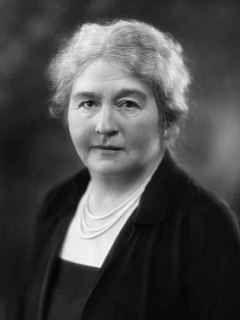 W
WHilda Runciman, Viscountess Runciman of Doxford was a British Liberal Party politician.
 W
WKathleen Rochard Simon, Viscountess Simon, DBE was a British anti-slavery activist. She was inspired to research slavery after living in Tennessee with her first husband, and she joined the abolitionist movement when she returned to London after his death. With her second husband, Sir John Simon, she campaigned against all forms of servitude. Travelling and speaking throughout her life, she was renowned for her commitment to ending slavery and racial discrimination, and was appointed Dame Commander of the Order of the British Empire.
 W
WEthel Snowden, Viscountess Snowden, was a British socialist, human rights activist, and feminist politician. From a middle-class background, she became a Christian Socialist through a radical preacher and initially promoted temperance and teetotalism in the slums of Liverpool. She aligned to the Fabian Society and later the Independent Labour Party, earning an income by lecturing in Britain and abroad. Snowden was one of the leading campaigners for women's suffrage before the First World War, then founding The Women's Peace Crusade to oppose the war and call for a negotiated peace. After a visit to the Soviet Union she developed a strong criticism of its system, which made her unpopular when relayed to the left-wing in Britain.
 W
WCaroline Middleton DeCamp Benn, formerly Viscountess Stansgate, was an educationalist and writer, and wife of the British Labour politician Tony Benn.
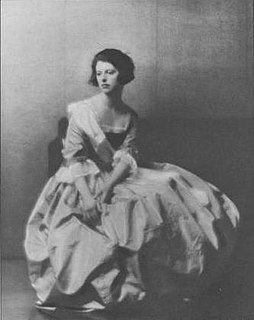 W
WThe Honourable Lois Sturt was one of the Bright Young Things of the 1920s. Later the lover of the Earl of Pembroke and the Duke of Kent, she married Evan Morgan, 2nd Viscount Tredegar.
 W
WAva Anderson, Viscountess Waverley, styled as Lady Anderson from 1941 until 1952, was an English political and social hostess at the centre of government during the Second World War. Winston Churchill noted "her contact with gt. affairs". It was said that she had "more indirect influence than any woman of her generation".